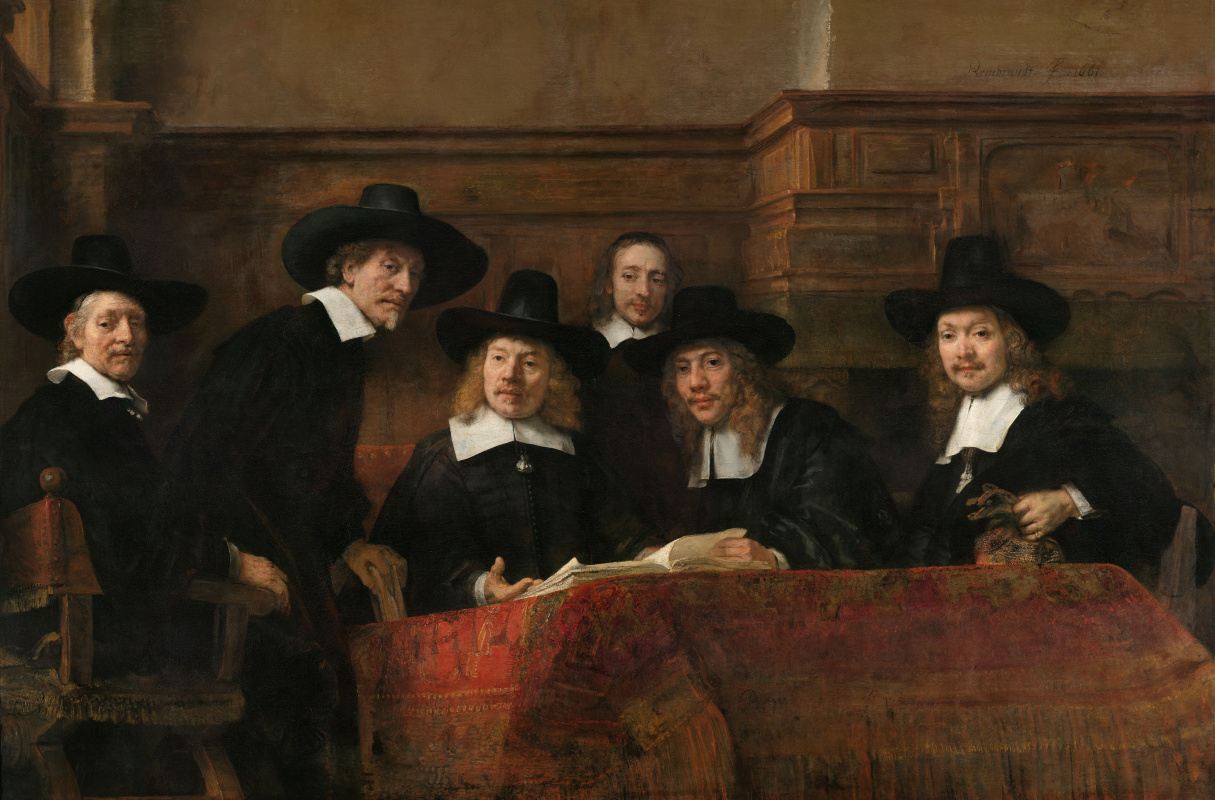



The most bizarre idea to our mind was presented by Francine LeClercq and Ali Soltani. They designed the contact lens The Delft Blue Eyes. They are based on a pattern from plaques, which were part of the wall decoration of XVII century in the Water Gallery at Hampton Court Palace, the London residence of William III of England, sovereign Prince of Orange, and his spouse Mary II, joint sovereigns. The lens depict on the iris a horseman riding a horse with the ornament surrounding it from the authentic plaques.
Towards left: A porcelain plaque of 125,3×63,4 cm size from the Water Gallery at Hampton Court Palace in London. It was manufactured at the ceramic factory Grieksche A in 1690.

The second ranked work our editors voted for with a single heart is a battery status indicator for a smartphone. The designer of the application Victoria Kasatova looked with humor at the Gerard Andriesz Bicker portrait (1642). Artist Bartholomeus van der Helst depicted a fat and selfish young man of 20 years old.
The designer decided that the young man has to loose his weight while the battery is dying. When charging the battery, the character progressively is coming back to his initial shape.
We believe, that even if the application design did not win, it would be very popular among the uses adoring the art. At least we would install it on our gadgets.
Towards left: Bartholomeus van der Helst, the portrait of Gerard Andriesz Bicker (1642).


The other artwork by Vermeer — the Little Street in Delft — was an inspiration for a bird feeder designed by Vera Uspenskaia. She proposed to decorate eating joints for birds with a Dutch house depicted by Vermeer. This simple idea as we think would be interesting for parents who want to educate their children and to teach them love for nature and art.
Bird feeders are not necessarily to be alike the houses by the Sphinx of Delft, there are a lot of other artworks depicting interesting buildings.
Towards left: Johannes Vermeer, the Little Street in Delft (1659).


The engraving of 1634 by the unknown artist from the Museum collection inspired Tobias van de Hoef for creation of toys for children. The bathtub from all appearances for children was decorated by Iwona Lisiecka with a sketch by Dutch impressionist painter George Hendrik Breitner.







Kasatova Victoria invites to play Monopoly with The Syndics by Rembrandt. Pay attention on the table cloth. The illustration is below.



The winner will grab the award of 10,000 Euros, the second award will make 2,500 Euros and the third — 1.500 Euros, respectively.





















